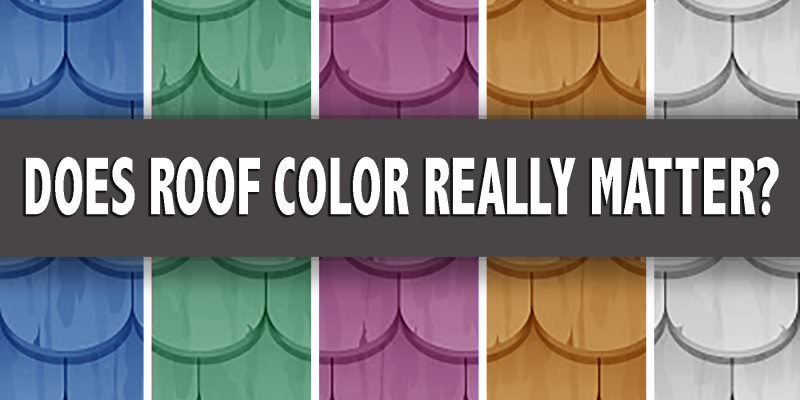Basic physics behind light and colors tells us that dark colors absorb more of the light spectrum while lighter colors reflect more of it.
So just how much of an effect does the color of a roof have on interior temperatures?
You may be surprised to learn that the interior temperatures have more to do with the materials rather than the color.
When it comes to holding, dispersing, or radiating heat, different materials have different properties. Roofing materials with high reflectivity will reflect the majority of incoming light back out. Low reflectivity would cause the product to absorb heat faster which could raise the internal temperatures in the attic and home.
For example, most shingles have low reflectivity whereas metal roofs have a high reflectivity. With any reflective surface, the reflectivity is reduced when the surface becomes dusty, dirty, or covered.
It is also important to note that proper attic ventilation not only ensures minimal moisture build up, but also plays a large role in keeping the attic and home cool. Proper roof ventilation is significantly more important than roof color if you are concerned about keeping your Florida roof temperatures low. The better ventilated an attic space, the less likely it is that color will make a difference in the temperature of an attic. Roof ventilation can be achieved through the combined use of ridge vents, soffit vents and other features.
All in all, roof color alone has minimal effect on the overall energy balance of a well-insulated house. So when choosing the color of your next roof, we suggest selecting based on your personal preference.



